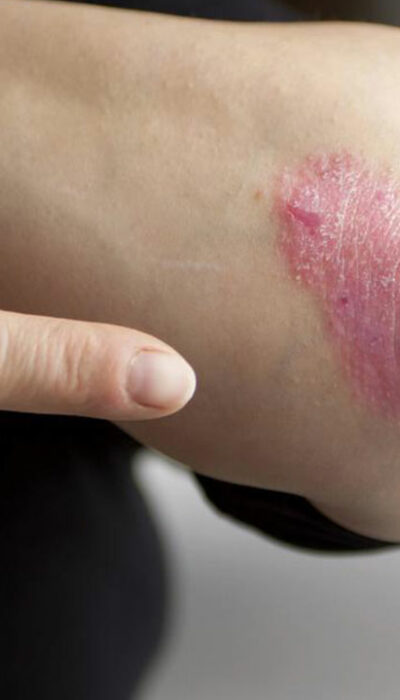
Everything You Need to Know about Fever
A short-term increase in the body temperature is referred in medical terms as pyrexia. Commonly known as fever, it is a common occurrence in both adults and children. As the temperature of your body becomes higher than the normal temperature, it becomes indicative of an underlying illness which may be an infection in some part of the body such as the throat or stomach. Having high fever is an important sign that some changes are occurring in the body. The temperature of our body is regulated by the hypothalamus which is present at the base of the brain. The state of fever is experienced by almost every human being at some point of time irrespective of sex or age. Many medical experts are of the opinion that fever is a natural defense of the body against infection. Relevant treatment for fever is recommended by medical experts after assessing the symptoms carefully and conducting certain diagnostic tests. Causes of high fever in adults Diseases such as malaria, upper and lower respiratory tract infections or flu, cold, bacterial infections, gastrointestinal infections, urinary tract infections or skin infections etc Excessive heat exposure Abnormalities in the brain or malignant tumors Disease of the endocrine which is associated with a hormonal or glandular system of the body Inflammation caused by tissue injury Inflammatory conditions such as rheumatoid arthritis which is the inflammation of the lining of joints Side effects of certain medicines Common symptoms High fever comes with a lot of physical discomforts. It is only after adequate treatment for the fever that you can feel better. High fever is typically characterized by a rise in oral temperature as it soars above 100°F (37.8°C) to touch 103°F. Temperature in adults can be measured with a thermometer placed under the tongue. General symptoms that accompany high fever include:










